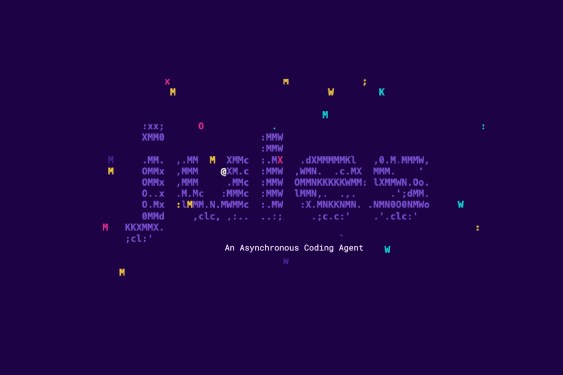Google is integrating its AI coding agent Jules more deeply into developer workflows with a new command-line interface and a public API. This allows Jules to connect directly to terminals, CI/CD systems, and tools like Slack. This move comes as competition increases among tech companies to shape the future of software development by making coding an AI-assisted task.
Previously, Jules was only accessible through its website and GitHub. Now, with the introduction of Jules Tools, a command-line interface, developers can interact with the agent directly from their terminal using commands. This streamlines workflows by removing the need to switch between a web interface and GitHub, allowing developers to stay in their own environment while delegating coding tasks and validating the results. A Google product director stated that the goal is to reduce context switching for developers as much as possible.
Google already provides another tool called Gemini CLI, which is an AI-based command-line tool for developer environments. Both Gemini CLI and Jules use the same underlying Gemini AI model. However, the company clarified that Jules Tools is intended for very specific and scoped tasks, while Gemini CLI requires a more iterative and collaborative approach from the user.
In addition to the command-line interface, Google has made the Jules API public. This API was previously used for internal development. The purpose of opening the API is to help developers incorporate Jules into their existing workflows where they already have established habits and familiarity. Developers can use this API to integrate Jules into their integrated development environment, or IDE. Google has also expressed interest in building specific plugins for IDEs to further expand the use of Jules.
These updates follow recent introductions of a memory feature for Jules, which allows it to keep a record of user interactions and preferences. Other recent additions include a stacked layout for the diff viewer, image upload capability, and the ability to read and respond to comments on pull requests.
Another area under exploration is reducing the agent’s reliance on GitHub. Currently, Jules operates within a GitHub repository, requiring developers to connect it to an existing or blank repository. Google is looking into enabling integrations with other code hosting providers and version control systems, and is even considering options for users who do not want to use a version control system at all.
Oversight of AI tools remains an important consideration. Jules is designed to notify the user if it encounters a problem it cannot resolve, pausing to ask for assistance. However, oversight can be more challenging on mobile devices, as native notifications are not yet supported. Google acknowledges that many users access Jules via mobile web and is working to improve that experience, including exploring native notifications.
So far, Jules has been used primarily by software engineers and professionals, unlike many casual coding platforms aimed at non-coders. That said, some users are experimenting with Jules to extend projects they started in more creative or casual coding environments.
Jules launched in public preview in May, exited its beta phase in August, and is now available under structured pricing tiers. A free plan offers up to 15 individual daily tasks and three concurrent tasks. Higher limits are available through the Google AI Pro and Ultra plans, which are priced at $19.99 and $124.99 per month and offer approximately five times and twenty times the limits, respectively.

